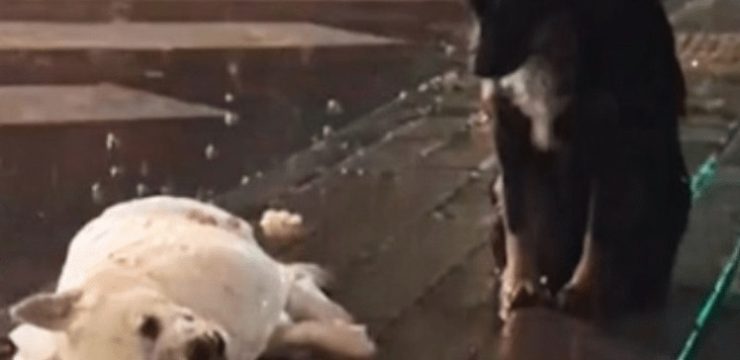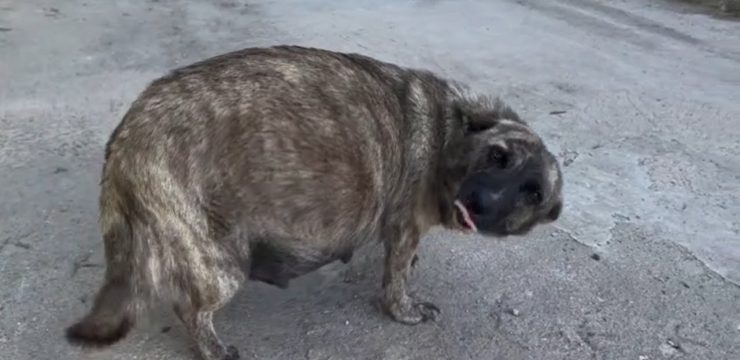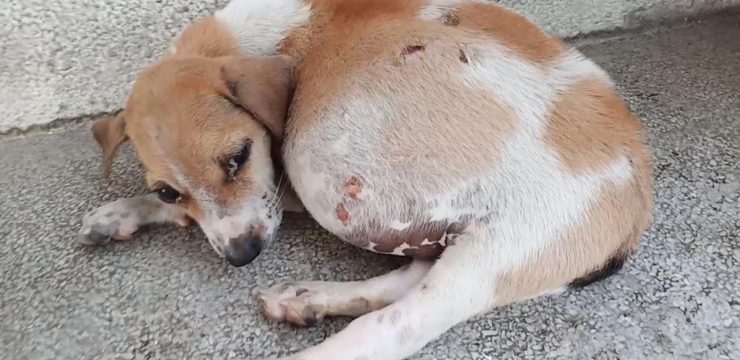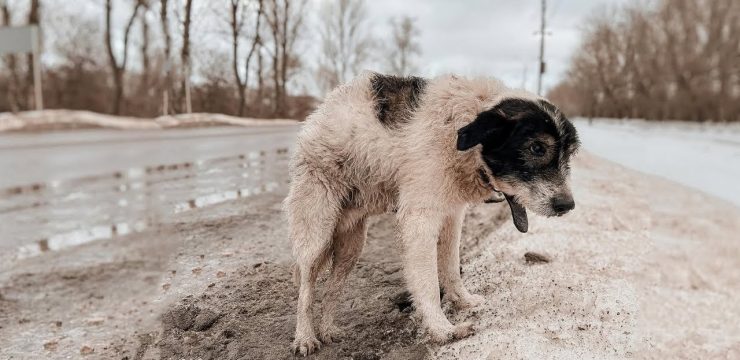In the southern stretches of India, in a region known for its lush green hills, quiet villages, and peaceful rhythms of daily life, relentless rain recently brought devastation on a scale many residents had never witnessed. Days of unbroken downpour triggered powerful floods and sudden landslides that swept through Kerala, turning familiar neighborhoods into scenes of heartbreak and uncertainty. Homes that once stood firm along the sloping terrain were washed away or left in ruin, their foundations weakened by waterlogged earth and collapsing under the enormous weight of mud and debris. Streets that had always carried the comforting bustle of market days and morning commutes were swallowed by rising waters, leaving families stranded and unsure of what would come next. It was a moment that felt unreal, as if nature had shifted without warning from gentle caretaker to overwhelming force.
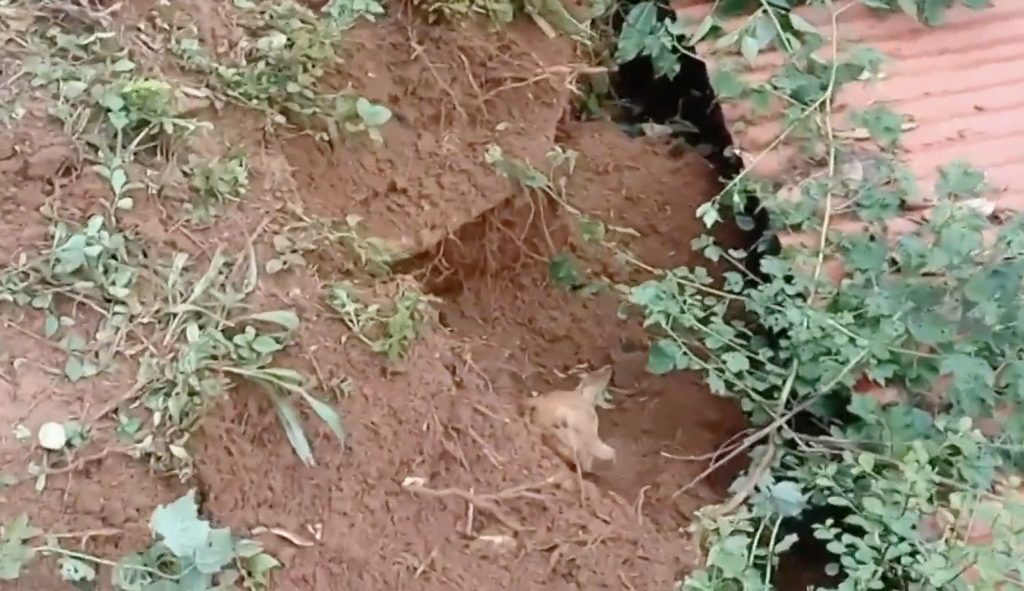
What followed was a desperate struggle for survival. Entire communities were forced to evacuate in the dead of night, guided only by torchlight, the sound of rushing water, and the urgency in the voices of rescue workers. Thousands were moved from danger zones into temporary shelters, where they waited anxiously for word about their families, their homes, and their futures. Many carried only the clothes they wore and a few belongings snatched at the last moment. For some, the losses were far heavier. Lives were tragically claimed by the floods and landslides, leaving behind grief that stretched far beyond the borders of each affected village. People who had shared meals, laughter, routines, and years of friendship suddenly found themselves mourning together, clinging to one another for strength.
Yet even in the hardest hours, help arrived with unwavering determination. The Indian Army, accustomed to stepping in during times of crisis, quickly moved into the region with a mission that was clear and deeply human: find every survivor possible. Soldiers navigated unstable slopes and thick, shifting mud, searching pockets of debris where voices or faint movements might signal someone still alive. They worked alongside local volunteers who refused to leave their neighbors behind, forming human chains, lifting broken beams, and guiding people to safety through waist-high waters. For many families, these rescue teams became the lifeline that gave them a second chance. Every person pulled from the mud was a moment of collective hope, a reminder that courage has a way of rising even in overwhelming darkness.
Among the destruction, another quiet but powerful story unfolded—one that touched hearts around the world. As the rescuers moved through battered towns, they came across animals trapped, injured, or stranded by the rising waters. Dogs and puppies, frightened and clinging to whatever shelter they could find, were lifted gently from the mud. Some were tangled in branches, some perched on unstable roofs, and others huddled together in silent fear. The rescuers treated them with the same care they offered people, wiping mud from their fur, wrapping them in blankets, and carrying them to safe ground. These small acts of compassion became a symbol of humanity’s resilience. Despite the chaos, there was still room for kindness.
In the days that followed, local veterinarians and volunteers tended to the rescued animals, cleaning their wounds and offering food, water, and reassurance. Updates from the region shared an unexpected bright spot: many of the animals were recovering well. Puppies that had been pulled from the mud shaken and exhausted were soon wagging their tails again, responding to gentle voices and warm hands. For families who had lost so much, seeing these animals bounce back brought a warmth that words couldn’t fully express. It was a reminder that healing comes in many forms—through community, through compassion, and sometimes through the smallest, most vulnerable creatures showing incredible resilience.
As efforts continued, the full scale of destruction became clearer. Bridges had crumbled, roadways had disappeared beneath layers of earth, and once-vibrant towns were marked by deep scars carved by water and landslides. Yet the people of Kerala, known for their strength and unity, began the slow work of rebuilding. Neighbors helped neighbors clear the debris, salvage personal mementos, and restore some sense of normalcy. Aid organizations delivered food, clean water, and essential supplies, easing the burden on families who faced an uncertain future. Through it all, a spirit of togetherness anchored the community, proving that unity often shines brightest when tested by hardship.
While the emotional toll remains heavy, stories from the region continue to reflect resilience, courage, and hope. Families are returning to what remains of their homes, determined to rebuild not just structures, but their sense of stability. Local leaders are working toward long-term solutions to strengthen the region against future storms, knowing that climate-related disasters demand new strategies and greater awareness. These are not easy steps, but they are necessary ones—and they reflect the unbroken will of people who refuse to give up on their homes.
The recovery is far from complete, yet there is a gentle, unmistakable sense of forward movement. Schools are reopening. Market stalls are being restored. Communities are gathering again to support one another in ways large and small. And among the encouraging updates from the region, the sight of once-mud-covered dogs now resting safely in shelters, cared for and recovering, continues to bring comfort to many watching from afar. Their survival, and the compassion shown to them, stands as a quiet testament to the belief that even in moments of deep loss, goodness persists.
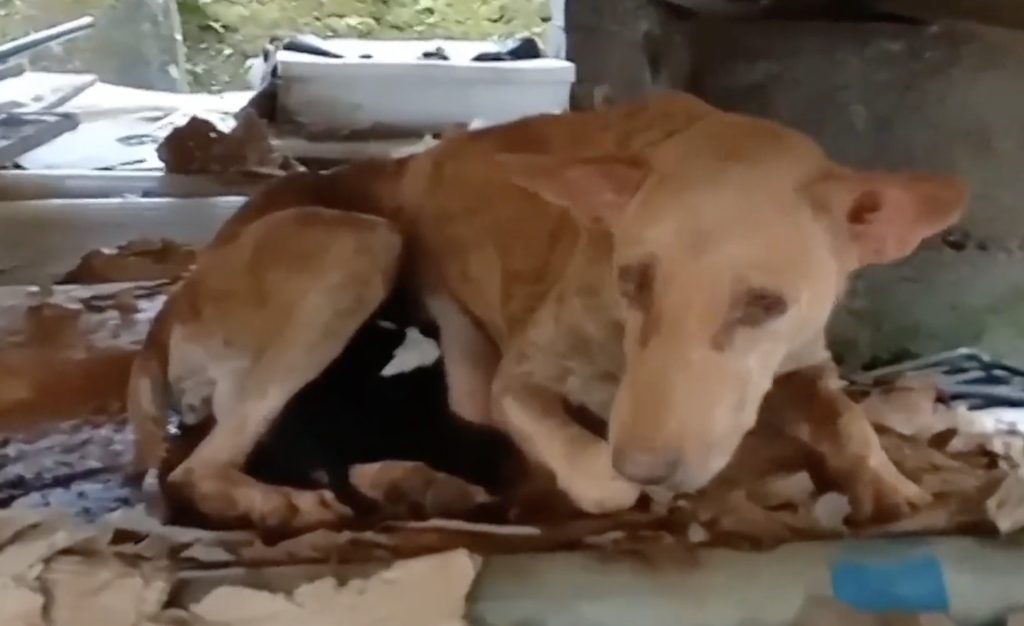
As Kerala takes each step toward rebuilding, the world watches with empathy and admiration. The devastation was immense, but so, too, was the strength displayed by those who faced it head-on. And in every act of rescue—whether lifting a neighbor from debris or saving a frightened puppy from floodwaters—there is a reminder that human kindness remains one of the most powerful forces we have.
